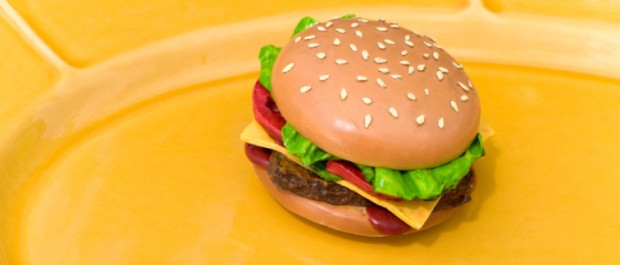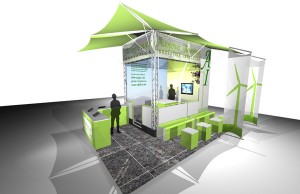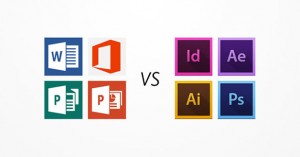We may soon be printing our own prepared meals at home – according to Icon magazine’s article ‘Digital Food’ (February 2012). Imagine whipping up your favorite meal at the touch of a button…
Still, printing food sounds as if it would look and taste like the above fabricated plastic hamburger… But not if one gets the hang of 3D printing. At the first thought it seems counter intuitive – printing has always been a 2D process. But there is a simple logic to the technology: the printer builds-up individual, detailed sections of an elevation using nozzles connected to syringes that are filled with materials that harden (through drying out, chemical reactions, or UV etc). I have seen Zahad Hadid’s fantastic models using this process. Working flashlights have even been printed. It may belie belief but it is where our technology is going – indeed, such machines are already being sold for home use. (Fab@Home).
Icon have cited innovators at Cornell University (Cornell Creative Machine Lab) and Massachusetts Institute of Technology (MIT Media Lab), who are experimenting with culinary applications for the 3D printing technology – using edible substances in the syringes. They conjure Utopian possibilities of alarm calls linked to printed breakfasts, or calorie specific meals for individual optimum energy needs, and phoning the computer from work for the dinner to be printed on the way home. They conceive creative opportunities, such as designing one’s own food creations CAD-style, or commercial applications, where one can scan a QR code and download a celebrity chef’s recipe straight to the printer.
But before we reel at the idea of separating ourselves further from the way our food is made, or abhor the prospect of digital meals made of homogenised industrial food pastes – there are many issues which need to be resolved before we can transfer food production to the home. It seems that this technology is still slightly ahead of its time.



